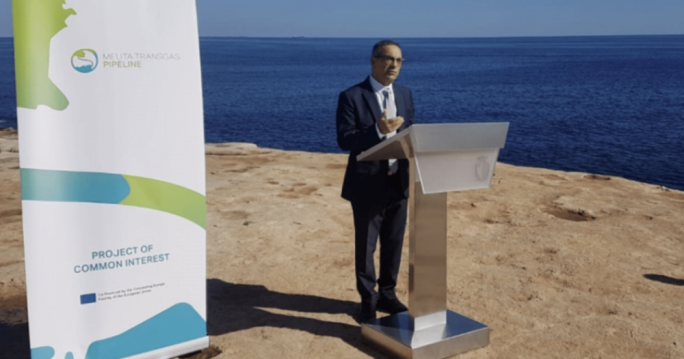
Editorial | Strengthening the digital road infrastructure
Continuous investment in the digital infrastructure must not be underestimated, especially if Malta wants to target new economy operators in a post-COVID revival

Roads are an important part of a country’s infrastructure because they provide a physical means of connections between people, communities, workplaces, entertainment spots, harbours and airports.
The massive upgrades in the road infrastructure witnessed over the past five years have vastly improved the network.
Ongoing major roadworks outside the airport and the underpass connecting the Central Link with the Mrieħel bypass will continue to solve key congestion nodes. But even after these projects are completed, work must continue to solve are problematic areas such as the Qormi roundabout that links to Żebbuġ and Luqa, the Mrieħel industrial estate entry point and the Msida square connection to Regional Road and the Pieta coast road.
These projects must be discussed with local communities and alternative solutions that are less disturbing to agricultural land and foot commuters should explored.
Over the coming years, these projects will be joined by government’s new seven-year programme to create surface gardens and pedestrian areas by sinking main roads and roofing over them.
This is another ambitious programme that will hopefully create new underground parking facilities and provide open spaces to beautify communities.
The millions that have been spent and will continue being spent on road and garden infrastructure were necessary to improve the quality of life.
Communicating is a necessity that we cannot do without and from a business point of view it helps to do this as efficiently as possible.
But the pandemic has also taught us the importance of digital communication to carry out business.
The digital infrastructure to support this is as important as the road network, especially in a global environment where distance no longer acts as a barrier to trade, transactions, and exchange of information.
Statistics released this week by the Malta Communications Authority show that mobile phone subscriptions in the Q4 2021 stood at just under 645,000. This represents an increase of almost 12,000 subscriptions over the same quarter a year earlier.
Similarly, there were 221,198 fixed broadband subscriptions of which 62% had connections of 100Mbps or higher.
The list continues; there were 108,389 digital cable subscriptions and a further 66,391 IPTV subscriptions.
The Maltese are well-connected and the take up of digital services is very good in an environment that has three big players.
International research into internet speeds, compiled by Cable.co.uk and M-Lab last year, showed that Malta had the 21st-highest mean internet download speed in the world, at 85.2Mbps. The analysis of over 1.1 billion broadband speed tests worldwide placed Malta ahead of countries like Germany, Italy and the United Kingdom.
The results are encouraging and are witness to the progress done over the years to have a robust digital infrastructure.
But in an ever-evolving world, Malta cannot rest on its laurels. It needs to ensure the digital infrastructure remains strong and this should include Gozo.
International connectivity must also be strengthened to provide a solid backbone for the development of bandwidth-hungry digital industries. The development by GO of an undersea cable connecting Malta to the Marseille-Egypt link was an important development because it provides the first cable link outside Sicily thus cutting down on delays.
Continuous investment in the digital infrastructure must not be underestimated, especially if Malta wants to target new economy operators in a post-COVID revival.
Providing the right physical ecosystem and adequate fiscal incentives will pave the way for innovative high-paying digital industries to set up base in Malta.



